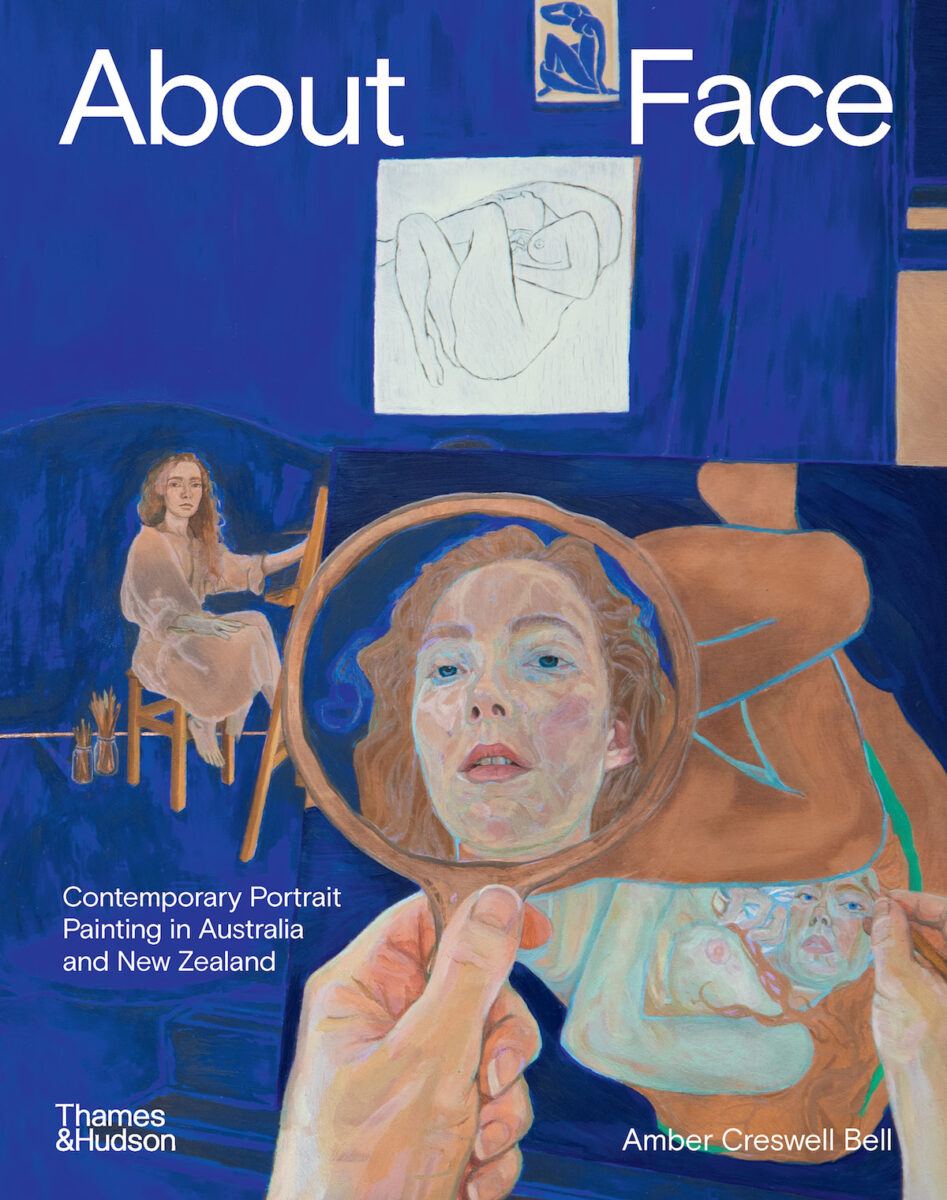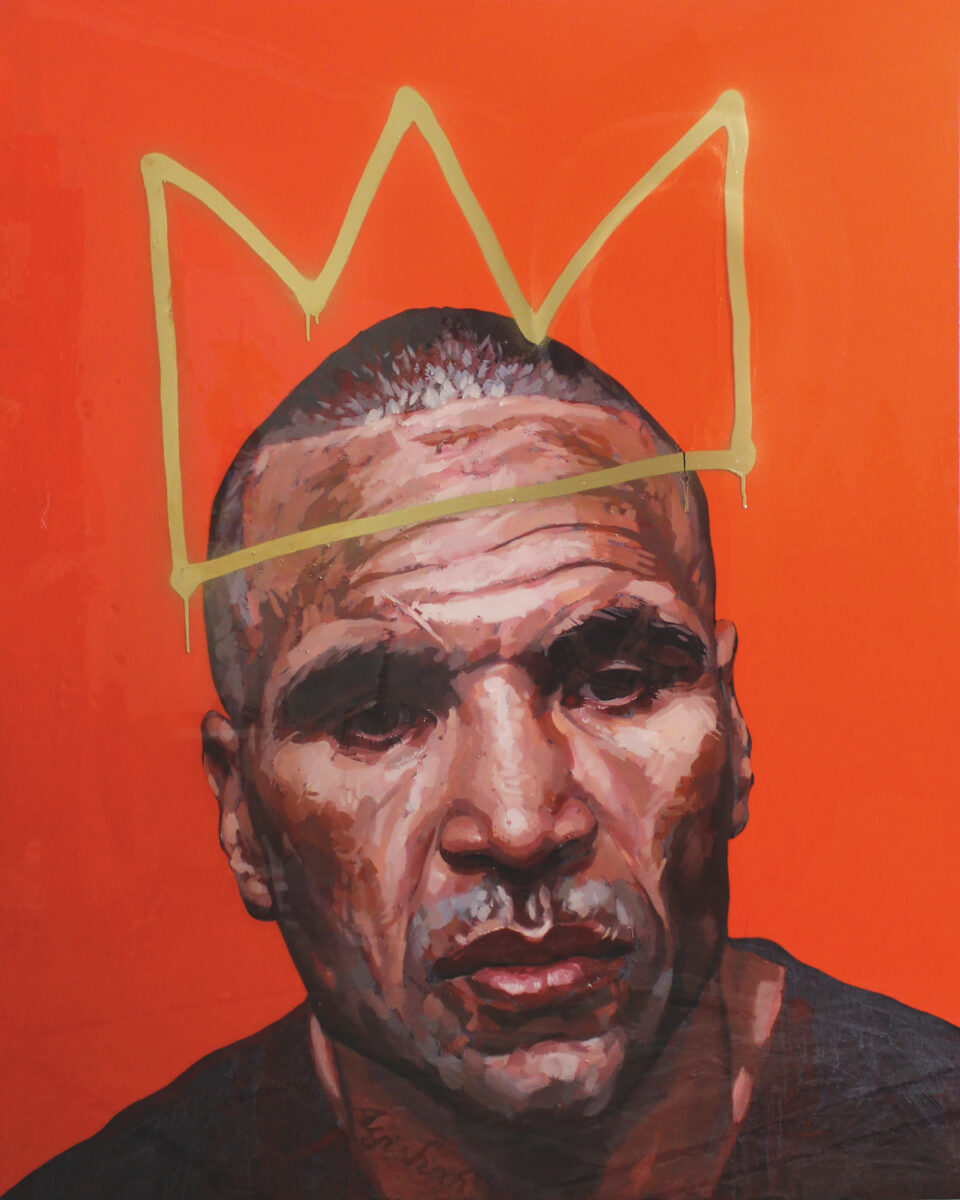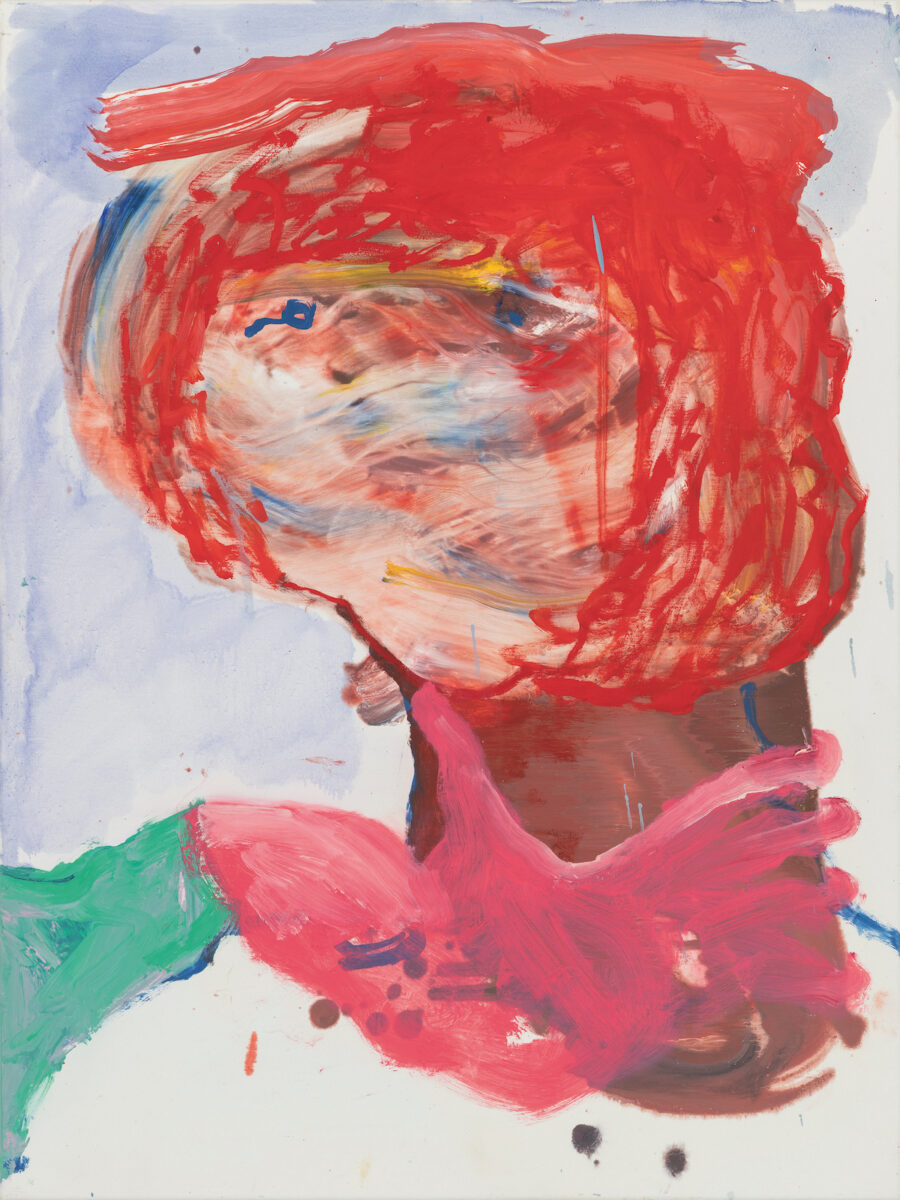
Place-driven Practice
Running for just two weeks across various locations in greater Walyalup, the Fremantle Biennale: Sanctuary, seeks to invite artists and audiences to engage with the built, natural and historic environment of the region.





Putting Natasha Walsh’s brilliant reworking of Brett Whiteley on the cover of About Face was a smart move. It hits that marketing sweet spot: familiar but fresh. But then, there are a lot of clever marketing decisions in this new book on contemporary portrait painting from Australia and New Zealand, and a fair bit of market talk too. Again and again, the artist profiles turn to how the genre is perceived by buyers and the long shadow cast by the Archibald Prize.
For author Amber Creswell Bell, the media frenzy that surrounds the famous portrait prize is at odds with the lukewarm responses she sees from buyers in commercial galleries. As she writes in her introduction, “Many collectors baulk at the idea of buying a work depicting a stranger’s face.” David Bromley might disagree there, but he’d be one of the few. For the most part, portrait painting has an uncomfortable place in the market and it can be a tough space for artists to work in. Yet across the 39 profiles, the sales pitch can become overwrought. “Sally believes that portraiture in Australia is alive and kicking.” Say it often enough, and readers might just start to doubt.
About Face features several Archibald favourites, including Blak Douglas with his phenomenal portrait of artist Karla Dickens in the Lismore flooding, as well as Natasha Walsh, Michael Zavros, Yvette Coppersmith, and Jonathan Dalton. There are also a handful of New Zealand artists like Gavin Hurley and Peter Stitchbury, along with early career artists like Thea Anamara Perkins with her remarkable works about First Nations family and memory.
The most interesting selections take an expansive view of portraiture; Karen Black’s emotive paintings blend figuration and abstraction to explore psychological dynamics, while the cartoon faces of Abdul Abdullah act as a kind of shorthand, and see the artist playing with signs and semiotics. While About Face would have been written well before Gina Rinehart’s tantrum, it’s especially satisfying to see Vincent Namitjira’s work included too. Other choices veer towards the twee and sentimental; there are the ‘big heads’ the Archibald exhibitions are often criticised for, and easy gestures of bland reverence and hero worship.
Arguing with the selections is half the fun of books like this. Where is the work of Daniel Boyd? Or Madeleine Pfull? Thom Roberts? Jenny Watson? About Face focuses on painting, and the definition of a portrait is a loose one, but if the goal was to show the breadth of the field, then it could also have acknowledged other mediums. Julie Rrap has used photography, installation, sculpture, drawing and video to investigate the questions around self-portraiture and representation for decades. Photography is also a key tool for Gerwyn Davies, Scotty So and Atong Atem. There’s a lot to say about paint, of course, but it’s not the king of the art world.
It’s left to the artists featured in About Face to speak about what makes a good portrait, and to provide a little of the art history. Some point to Holbein and Western traditions and how portraits can capture status, politics, fashion and ego. Others push back against its role in cementing Australia’s colonial identity. Blak Douglas says simply: “I decided to start focusing on First Nations subjects who needed to be memorialised – in particular, community people. Because every elder deserves to be memorialised.”
About Face proves that portrait painting is ultimately about value. Who is seen? And how? There is so much to be explored, but many of these conversations feel cut off. That’s a limitation of the artist profile format. It’s difficult to explore the broader contexts, histories and movements in any deep way. Artists get a paragraph or two to talk about their motivations, and then it’s on to ‘what do they think of the Archibald?’
There are plenty of brilliant artworks pictured here, and meandering through the illustrations is a real pleasure. Oddly, there’s not a lot of discussion of the featured artworks themselves, though there must be some fascinating stories behind them. Several of the artists also discuss accepting commissions, though not much is made of that either. The art world doesn’t like to talk about money (or at least critics don’t) and commissioned works are often dismissed out of hand. Those attitudes aren’t questioned, and integral discussions around commissioning, the material conditions for working artists and what patronage looks like today are ultimately ignored.
It’s unfair to criticise books like this for skating the surface. They’re introductions; that’s what they do. And Creswell Bell’s strength has always been her accessibility. Her warm and engaging writing opens the art world to new audiences. There’s no question there’s a real need for that. Perhaps the real issue is the lopsided nature of Australian arts publishing, and how it might be another decade or more before the subject receives this type of close attention again. Expectations run high.
Since 2016, Creswell Bell has written four other surveys for Thames & Hudson, looking at contemporary landscape painting, ceramics, still life painting and abstract painting. The surveys have become a local answer to Phaidon’s international Vitamin series, although there are marked differences. The Vitamin books, with their global panel of advisers and anonymous “Phaidon editors,” somehow depersonalise the selection while also building a sense of critical authority. Everything is tied to the Phaidon brand. Creswell Bell’s approach is more down to earth. Her self-effacing writing style foregrounds the artists’ views, not her own. But of course, her eye still shapes About Face. The brief introduction is not quite enough to explain her choices, or give readers much of a sense of the history or the range of artists working across portrait painting today. Yet if readers end up playing the ‘what about’ game, perhaps that’s strongest proof of all that portraiture is thriving.
About Face: Contemporary portrait painting in Australia and New Zealand by Amber Creswell Bell is published by Thames & Hudson Australia.